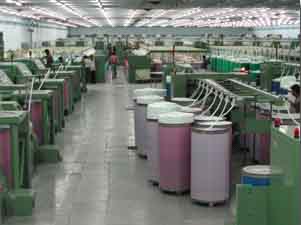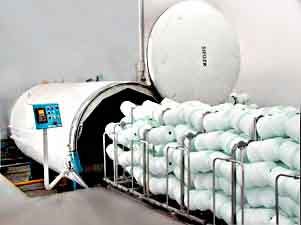Energy from risk husks instead of coal
Mohota Industries Ltd. has been manufacturing textiles since 1898. The mill can produce up to 20 million metres of fabric and is one of the largest employers in the region. Traditionally, the Indian textile industry relies on coal to generate energy and uses steam for the dyeing and drying processes. Although being located in the Vidarbha region which holds all coal deposits of Maharashtra and where this fossil fuel is cheap and abundantly available, the owner has decided to use renewable biomass as a source of energy.
Thanks to our project the company now uses rice husks to fire the boiler and run the thermic fluid heater. This does not only reduce greenhouse gas emissions but also increases energy efficiency. Mohota Industries is the first company in the region to use agricultural residues as a renewable source of energy has become a role model for others. The project also has positive social impact. as the rice husks stem from local farmers who can now achieve an additional income by selling the husks to RSRML instead of disposing them as waste as they did before.

How biomass projects help contribute to climate action
Biomass refers to organic residues such as tree branches, leaves, sawdust, wood chips or coconut shells. Those are of a biogenic, non-fossil nature that can be used to generate renewable energy. One way to generate renewable energy, among others, is to fire kilns using biomass. This process prevents harmful smoke and large quantities of CO2 to be released.
As an additional greenhouse gas reduction measure, biomass climate projects mostly prevent biomass from rotting in the open air, so that no methane (CH4) is released. Biomass projects in the ClimatePartner portfolio are registered with international standards.
Explore our projects
Biochar for Climate Action, Healthy Soils, and Better Harvests
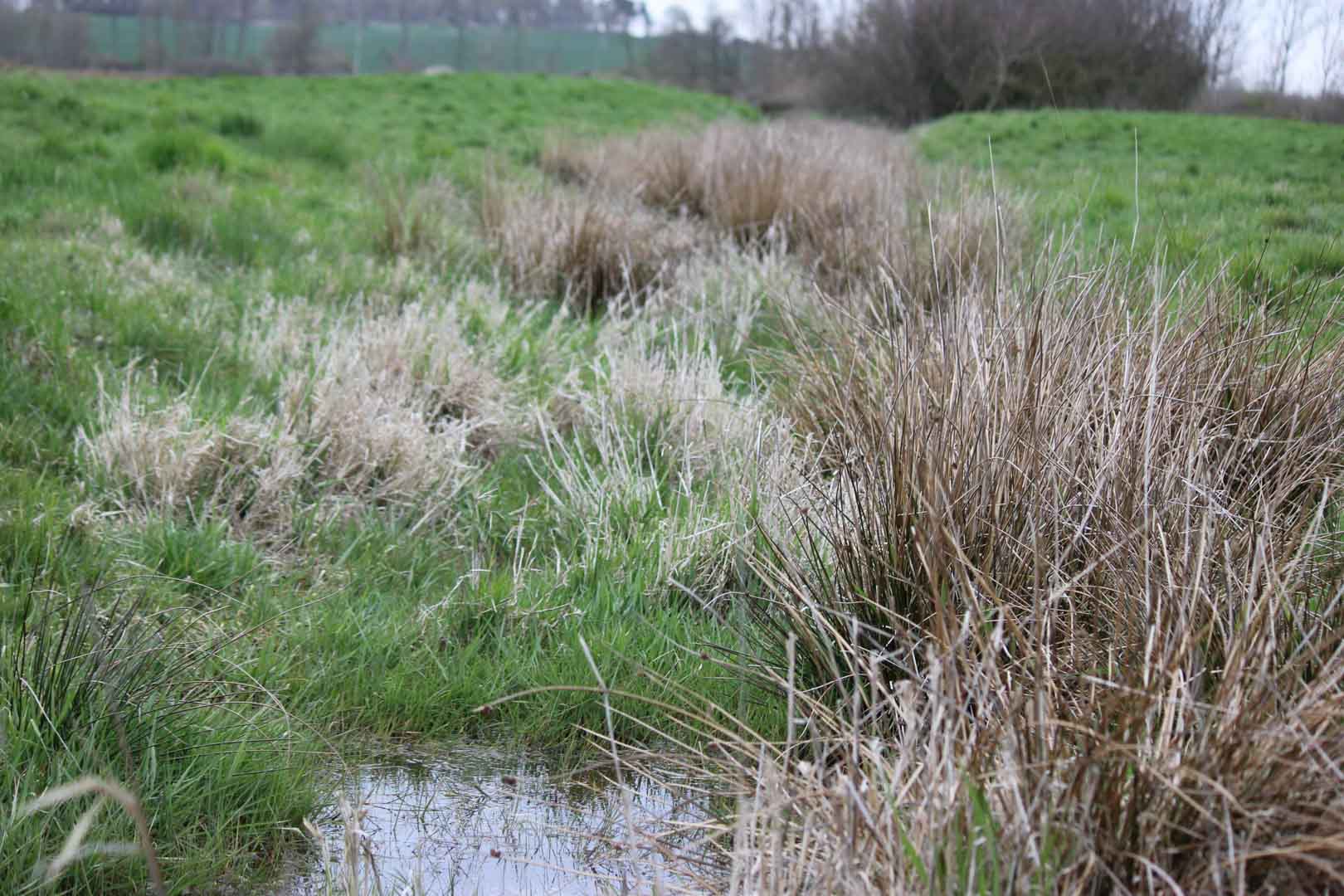
A certified climate project combined with additional commitment

Expansion of renewable energy generation in Asia
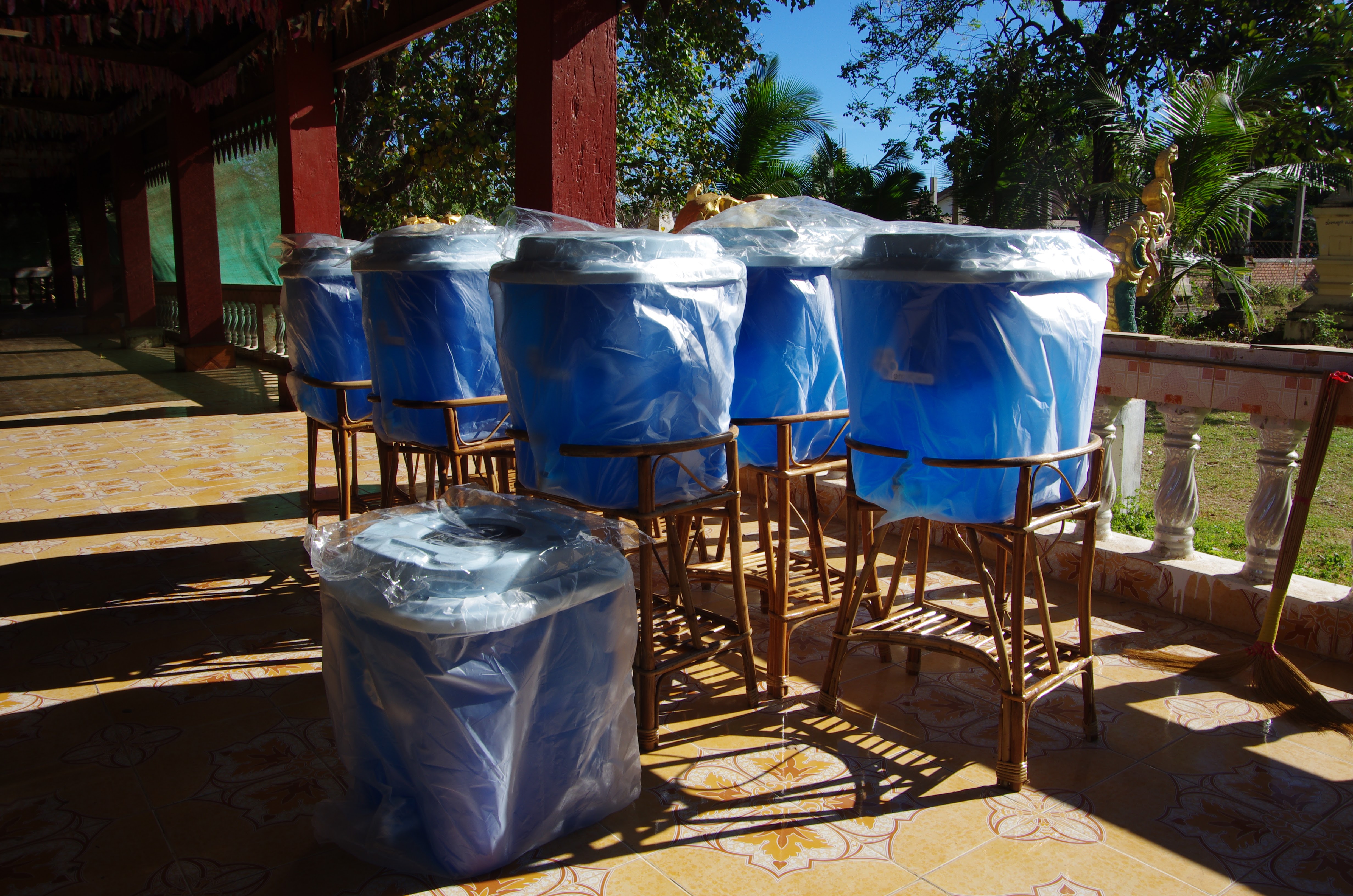
Ceramic water filters save CO2 and improve health

Improved cookstoves worldwide – for better health and cleaner air

A certified climate project combined with additional commitment
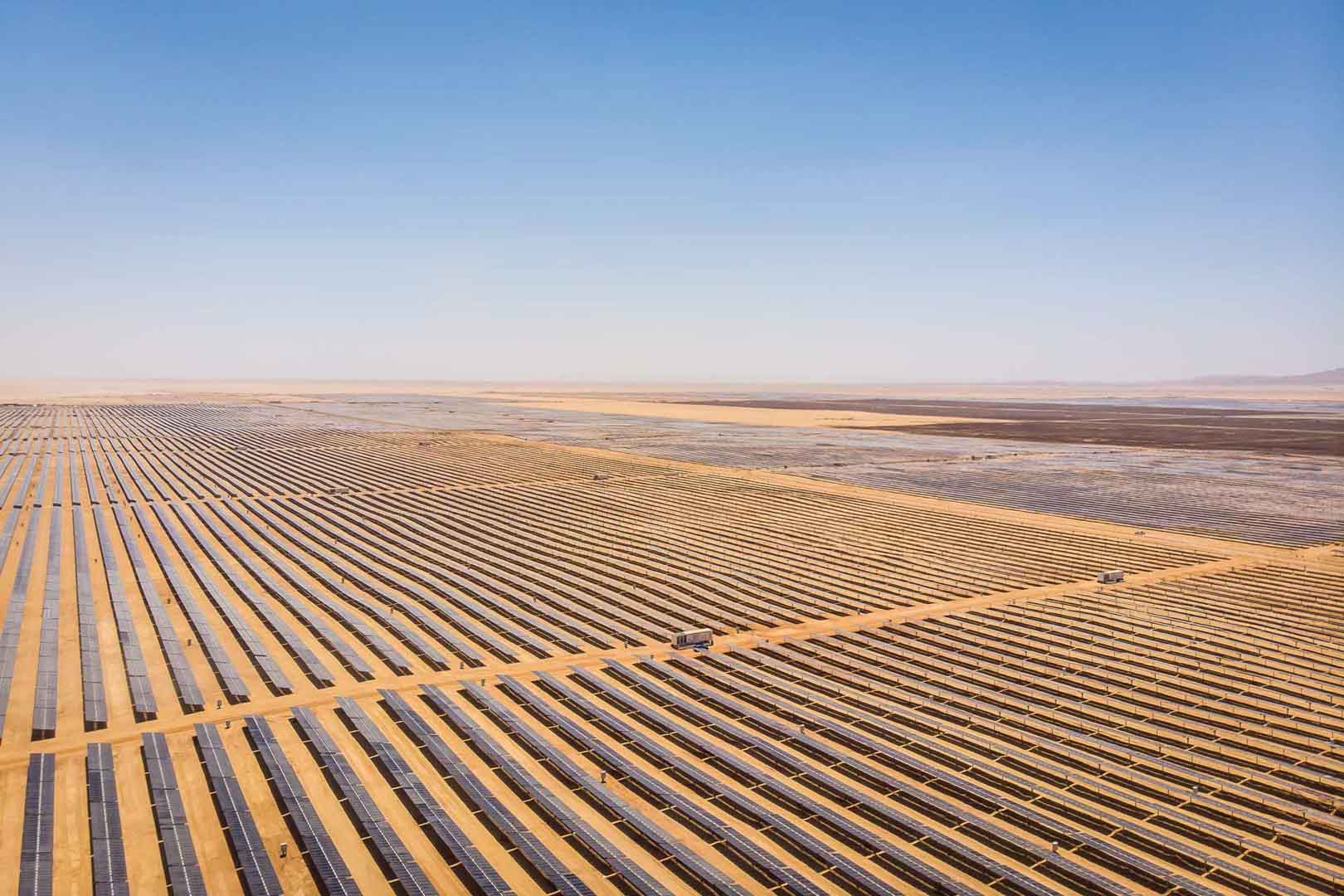
Powering access to renewable energy in Africa

A certified climate project combined with additional commitment

Restored ecosystems remove carbon
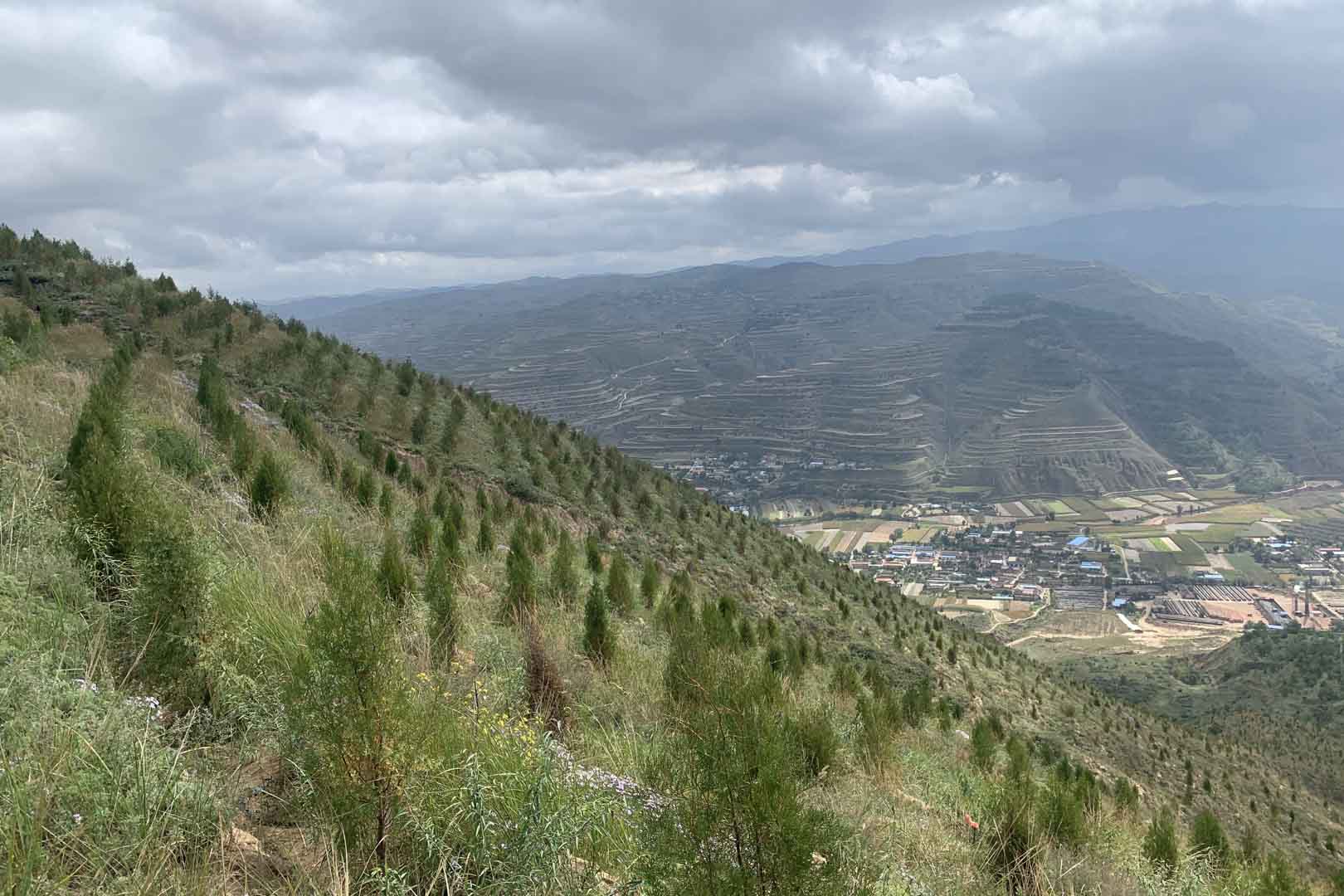
Turning degraded farmlands into healthy ecosystems

Improved cookstoves - better for health and the environment
